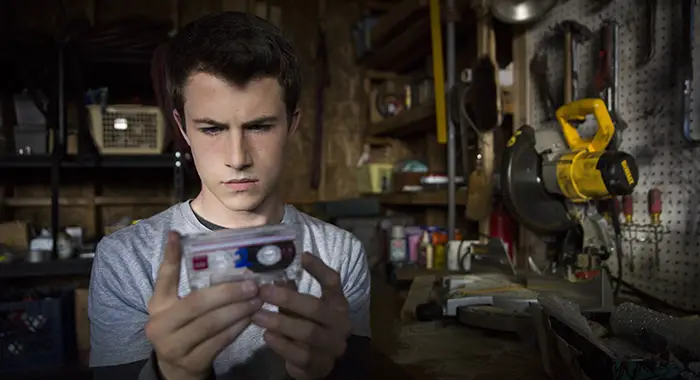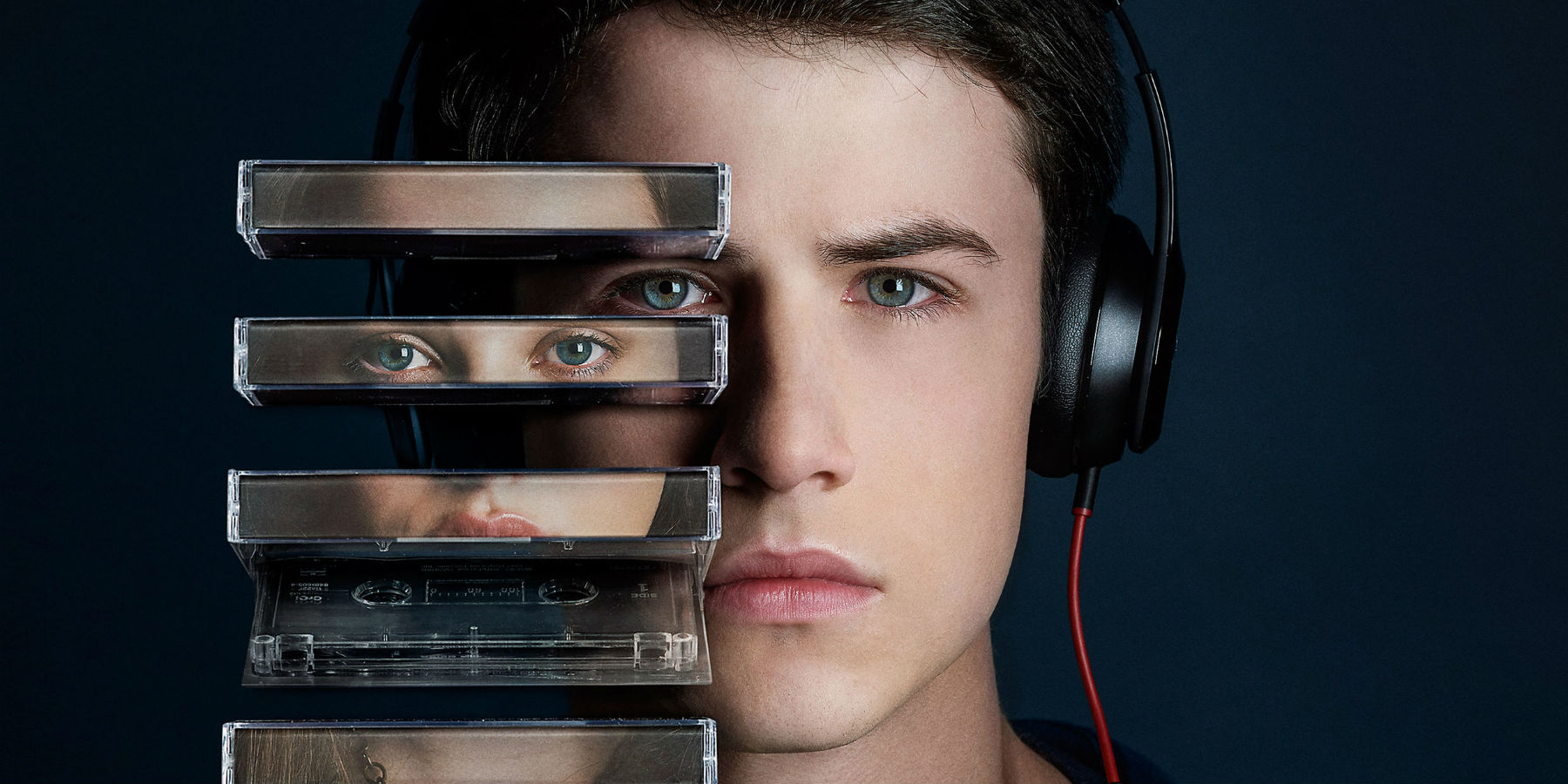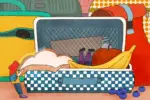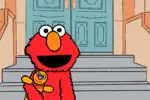The critically acclaimed Netflix series “13 Reasons Why” just recently wrapped the filming of its sophomore season and will be available for streaming in 2018. While the show was met with much praise and many accolades, even becoming one of the most tweeted about shows of 2017, there are those who feel that the dark, fast-paced series missed its mark. The producers of the series felt that the show was performing a public duty of sorts, by showing the devastating effects of suicide, the show sparked a conversation about an issue that’s prevalent as ever in our society.
Those who condemned the show worried that the series glorified teen suicide and could potentially push susceptible teenagers struggling with their mental health over the edge; it’s also troubling to have a show with a plot line entirely devoted to suicide pandered solely at teens. With the second season in mind, there are a few ways the producers could change their approach to create a more productive conversation about suicide and mental health in the upcoming, highly anticipated season, sans using very obvious elements to create a higher shock value.
1. Do Away with the “Who Dunnit”
The premise of the series, which is based on the novel by Jay Asher, is essentially one of Clay Jensen listening to Hannah Baker’s self-recorded tapes in an effort to understand why she took her own life. In the series, which deviates from the novel, Clay tracks down each person named on the tapes and confronts them in an apparent attempt to both make sense of Hannah’s final decision and also to demand an answer for whatever role they played in her life. The issue with this, in the series, is that it trivializes suicide by turning it into a perverse game of “Clue.”
Clay’s search for a definitive reason as to why Hannah took her own life is futile; those driven to suicide are usually suffering from numerous issues in their lives. The tapes and subsequent reveal of the individuals who adversely affected Hannah when she was alive give power and authority to the young teen posthumously. This is a huge issue because it creates the idea that, by taking her own life, Hannah was able to regain some sense of control by naming those who tormented her. Obviously, this is extremely problematic because it seems that the series is sending the message that, while Hannah’s suicide was heartbreaking, there was some sort of positive slant to be found in the form of justice served by removing the anonymity of Hannah’s antagonists.

The season finale ends with another character’s attempted suicide, which makes one think that the producers could potentially be setting up for yet another investigative effort to determine what led said character to make such an attempt. I hope to be proven wrong because using the same stylistic efforts that appeared in the first season is not only grossly insensitive but also supremely lazy.
2. Less Sensationalized Trauma
The producers of the hit series have explained that their unapologetic depictions of brutality, such as Hannah’s sexual assault and suicide scene, were done intentionally to bring attention to very serious issues. As someone who watched the show, I have a problem with this, mostly because I found that these scenes were entirely sensationalized. It’s important to point out that the producers altered the scene in which Hannah takes her life; in the novel, she swallows pills, but in the Netflix original she slices her wrists in a very gruesome manner. Such an alteration itself seems to speak to the idea that the producers were aiming for a bit more shock value than what was originally found in the novel. Having content that reflects the struggles that can come along with being a teenager is extremely important and can be a very useful tool if done correctly; the problem with the overblown tactics used by the producers of “13 Reasons Why” is that they extend way past teachable moments and seem to only function as elements of serious shock value.
One scene that I think is really important to return to is the one in the season finale that resulted in another character attempting suicide. I found this to be really distasteful because it seemed like the epitome of the trivialization of suicide: the season was coming to a close so the producers decided to give the plot more momentum by having another character attempt to take their own life. Using a terrible event in such a flippant way to propel a plot and create a cliffhanger for an upcoming season is inappropriate and in extremely poor taste. With the second season in mind, I hope beyond hope that the producers of the series decide to move beyond teen suicide as a point of inspiration. If the second season of “13 Reasons Why” can refrain from piling as much trauma as possible onto its audience, then the attempt to talk about tough topics like depression and suicide might seem way more genuine.
3. Mental Health Professionals as Helpful, not Hindrances.
In “13 Reasons Why,” Hannah reaches out to Mr. Porter, a guidance counselor who works at her high school, on the day of her planned suicide and is largely dismissed. Mr. Porter’s dismissal of Hannah’s issues lands him a spot on the tapes and effectively created an unhealthy image of mental health professionals. Portraying a guidance counselor as an ineffective, unreliable place to turn to leaves teens struggling with mental health issues with little place else to go. Mr. Porter isn’t the only example of those unwilling or unable to help Hannah; most of the adult characters in the series are seemingly oblivious to any and all of the issues that Hannah is bombarded with.
It should also be made clear that Hannah doesn’t necessarily divulge much information about her personal struggles, but the series makes it seem like most adults are completely useless when it comes to tackling issues about mental health and suicidal thoughts. Perpetuating the idea that invalidates most adults as useful outlets to turn to in moments of crisis is dangerous and harmful to teens who are struggling.
In the second season, creating characters who assume a position of authority while also serving as a beacon of hope and help for depressed teens can help foster the idea that keeping silent when suffering from suicidal thoughts is never the answer. I hope that the follow-up season to “13 Reasons Why” breaks away from the problematic decisions they made in in the former season to reformat their approach to depression and suicide.

















